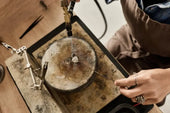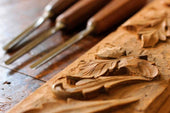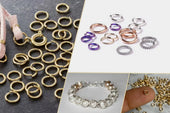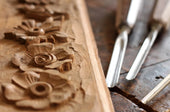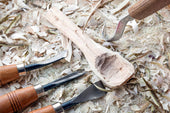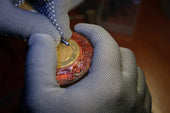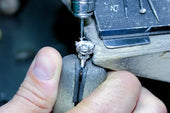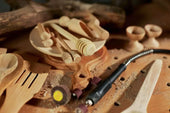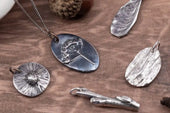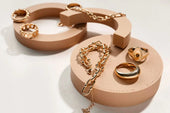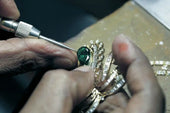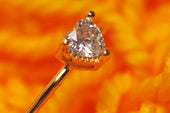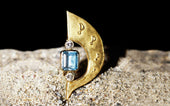When starting out in jewelry making, it's easy to get overwhelmed by the sheer number of tools available. But one category you definitely don’t want to overlook is metal files. These seemingly simple tools play a vital role in shaping, smoothing, and refining your metal pieces, helping transform rough cuts into polished creations. If you're serious about learning the craft, investing in the right metal files for jewelry making can make a world of difference. In this guide, we’ll walk you through five essential files every beginner should have in their toolkit.
Why Files Matter in Jewelry Making
Filing may not seem as exciting as soldering or stone setting, but it’s one of the most fundamental skills in metalwork. Whether you're crafting a silver ring or brass pendant, metal files help smooth edges, shape surfaces, and correct imperfections. Compared to sanding or rotary tools, hand filing gives you more control, ideal when working on intricate pieces. Proper filing can also make your polishing process much easier by eliminating deep scratches early on. In short, mastering a few basic file types can significantly elevate the quality and finish of your jewelry projects.
1. Flat File
A flat file is one of the most versatile and commonly used jewelry tools for beginners. As the name suggests, it has a broad, flat surface that’s perfect for smoothing and flattening metal. It’s particularly useful when you’re cleaning up the edges of sheet metal or filing down solder seams on flat components.
If you're working with ring bands, earring backs, or metal blanks, a flat file helps create even, level surfaces. When choosing your flat file, consider the coarseness or "cut", as finer cuts are better for finishing, while rougher ones remove more material quickly.
2. Half-Round File
The half-round file combines two surfaces in one tool: a flat side and a curved side. This makes it perfect for working on both exterior and interior curves. Whether you're refining the inside of a ring shank or shaping a domed pendant, this file offers flexibility and control.
For beginners, it's a go-to file for handling both flat and rounded surfaces without switching tools constantly. It’s also a favorite for filing into curves that aren’t too tight, offering just the right radius for most general jewelry shapes.
3. Crossing File
A crossing file features two curved surfaces that intersect, forming a gentle “X” shape in profile. This design makes it especially useful for shaping concave surfaces and refining overlapping curves. If you're creating layered or domed designs with valleys and contours, this file helps smooth and shape them with precision.
Though slightly more specialized, it’s a valuable tool for jewelers who enjoy organic or flowing designs. Once you get comfortable with the basics, a crossing file opens up creative possibilities, especially for sculptural or multi-layered pieces.
4. Barrette File
This file is flat on one side and smooth (no teeth) on the other, which makes it ideal for working in tight areas without damaging surrounding metal. The tapered shape also allows you to get into corners and file close to delicate features like bezels or prongs.
Jewelry makers love barrette files for precision work, especially when finishing edges near set stones or working around intricate details. Because only one side has teeth, it minimizes the risk of scratching other parts of your design, a huge plus when you're polishing or cleaning up finished components.
5. Needle Files
Needle files are small, detailed versions of standard metal files. They come in a variety of shapes, including round, square, triangular, flat, and half-round, making them incredibly useful for fine work. Whether you’re smoothing the inside of a jump ring, refining a cutout, or cleaning a tight corner, needle files are your best friend.
For beginners, a needle file set is a smart investment. You'll often find yourself reaching for different shapes depending on the task. Just make sure to get a quality set designed for jewelry making, some cheaper files can wear down quickly or lack the precision you need for delicate tasks.
How to Choose the Right File for Your Project
Choosing the right file depends on your project type and material. For soft metals like silver or gold, finer files will help preserve detail while giving a clean finish. Harder metals like stainless steel may require coarser files to remove material efficiently.
Pay attention to the “cut” of the file, this refers to the spacing of the teeth. A coarse cut (like a #0 or #1) removes material faster, great for shaping, while a fine cut (like a #4 or #6) is better for finishing. Also, consider comfort: some files are designed to be used with removable handles for better grip and control.





